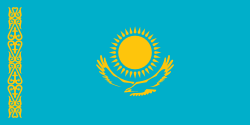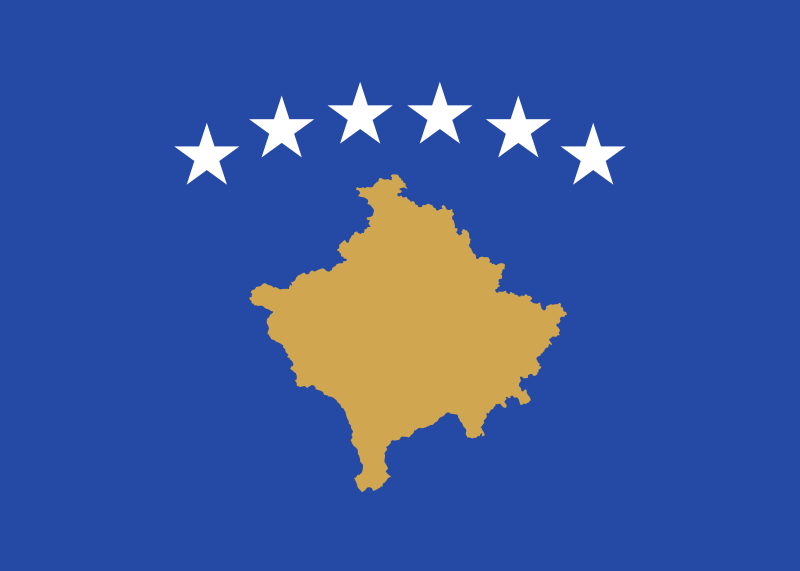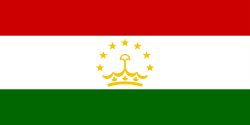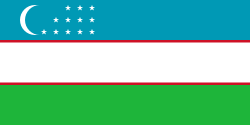General Information
Population
Immigration
Emigration
Working-age population
Unemployment rate
GDP
Refugees and IDPs
Citizenship
Territory
Migration Authorities
Responsible Body
Line Ministries
Agencies
Description
Finland was a country of emigration until the 1980s and has traditionally not been strongly impacted by large migration flows. Movements were mainly within the Nordic region following the establishment of the Common Nordic Labour Market in 1954 and marked by Finns returning to Sweden in the 1960s and 1970s. In the late 1980s, Finland became a destination for migrants, in particular those born in Russia, the former Soviet Union and Estonia.
Over the past decade, the emigration flow from Finland has been fluctuating between 12.000 and 19.000, reaching 13.459 persons in 2021. Over 60% of the 2021 flow constituted Finnish nationals, and this share remains consistent for the past five years. Many of the people moving today are fairly well educated and many of them return to Finland after a few years. According to the Interior Ministry, there are 300.000 Finnish citizens living outside of Finland and most Finns move to Sweden, the United Kingdom, Germany, the United States and Spain. The size of the Finish diaspora is estimated between 1.000.000 and 2.000.000 people, with the largest expatriate communities existing in North America and Sweden.
In 2022, the population of Finland reached 5.549.807 up from 5.181.000 in 2000. This steady growth is down to immigration since the natural population growth has been decreasing since 2010 and has been negative since 2016. The Finnish population is also ageing: the share of persons 65-84 years of age had risen from 13.5% in 2000 and 20.2% in 2021. According to Statistics Finland, 8% of the population have a foreign background, of whom 17% were born in Finland. The largest nationality groups are Estonians (51.805), Russians (30.049) and Iraqis (15.075), followed by nationals of China, Sweden, Thailand, India, Afghanistan, Syria and Vietnam. Moreover, in 2021, Finland received 7.585 new citizens. The number of citizenship applications has increased and amounted to 14.366 in 2021 and 11.569 in 2020. Russian citizens submitted the most applications for Finnish citizenship for many years, but in recent times Iraqi citizens have become the largest applicant group, with 2.240 submissions made in 2021.
Since 2000, the immigration flow has increased more than two-fold from 16.895 to 36.364 in 2021. The most common reasons for moving to Finland are work, family and studies. Given that Finland faces the need for workers both at the high-skilled and lower-skilled ends of the employment spectrum, work is the top reason for granting residence permits. Finland offers different types of residence permits depending on the type of work that immigrants plan to do in Finland.
In 2021, as many as 11.428 foreigners received first-time permits for work reasons with half of them issued to employed persons such as nurses, cleaners and restaurant staff (this group is subject to labour market testing), 14% to seasonal workers and 11% to specialists, such as IT experts. Most specialists who move to Finland come from Russia, India and China. Meanwhile, Ukrainian nationals comprise the majority of seasonal workers who work on farms and holders of permits issued to employed persons. Ukrainians also receive the majority of certificates for seasonal work in Finland valid for up to 90 days. However, due to the war in Ukraine, the number of granted certificates declined three-fold. Though EU citizens do not need a residence permit to live and work in Finland, they need to register their right of residence, if they wish to stay in Finland for longer than three months. In 2021, 5.333 EU citizens – mostly from Estonia, Germany and Latvia - were registered on the basis of work.
The number of immigrants coming to Finland on the grounds of family reunification and for studying is also increasing. Since 2015, the number of granted permits on the grounds of family ties fluctuates between 8.000 and 10.000 and has already exceeded 7.000 in the first half of 2022. The number of permits on studying grounds came to 5.537 in 2021 and to 3.627 in the first half of 2022. In addition, Finnish universities received 37.000 applications from international students for degree studies starting in autumn 2021 with 9.600 international students being offered a place. A large number of these were from Nigeria, Bangladesh, Pakistan, Russia, and India.
Finland wants to be seen as a global leader in quickly and transparently dealing with residency permits. The Finnish Immigration Service aims to reduce the processing time of applications for a residence permit on the basis of employment and studies to a maximum of one month. In this regard, a fast-track service has been introduced that aims to help specialists and start-up entrepreneurs to begin working in Finland more quickly. The aim is also that the processing of their and their family members’ residence permit applications will take a maximum of two weeks.
In 2021, the number of asylum applications was low amounting to 2.545 due to the lower number of subsequent applications. The largest number of applications came from citizens of Iraq, Afghanistan and Somalia. In 2021, the Finnish refugee quota was 1.050 persons, but 1.091 quota refugees were selected for resettlement in Finland and taken in (part of them from the unfulfilled 2020 quota, as well as emergency cases). For 2022, the figure for quota refugees has been raised to 1.500. As of end-July 2022, 639 quota refugees have been accepted. According to UNHCR, in 2021, Finland hosted over 24.000 recognised refugees, the majority of whom were from Iraq, Afghanistan, Syria and Somalia.
Following the Russian invasion of Ukraine, Finland has implemented the EU Temporary Protection Directive to cover people fleeing the conflict. Citizens of Ukraine can stay in Finland visa-free or apply for temporary protection or asylum. Ukrainians also have the right to work and Finnish authorities are currently not making negative decisions on applications by Ukrainians that would entail removal from the country. Finland also stated in May 2022 that it was prepared to receive beneficiaries of temporary protection transferred from other countries as a part of joint EU measures. From February until the end of May 2022, 23.781 applications for temporary protection have been submitted in Finland, and 20.622 decisions have already been made based on the applications.
3.000-4.000In 2020illegally presentrefused entryordered to leaveactually returnedFinland is a member of the European Return and Reintegration Network, which aims to strengthen, facilitate and streamline the return process in the EU through common initiatives. The aim is also to promote durable and efficient reintegration to countries outside the EU.
Finnish immigration law is based on the Aliens Act of 2004 (301/2004), which has been amended several times since then, and the Finnish Constitution which entered into force in 2000. Seasonal Workers Acta project government report



















































